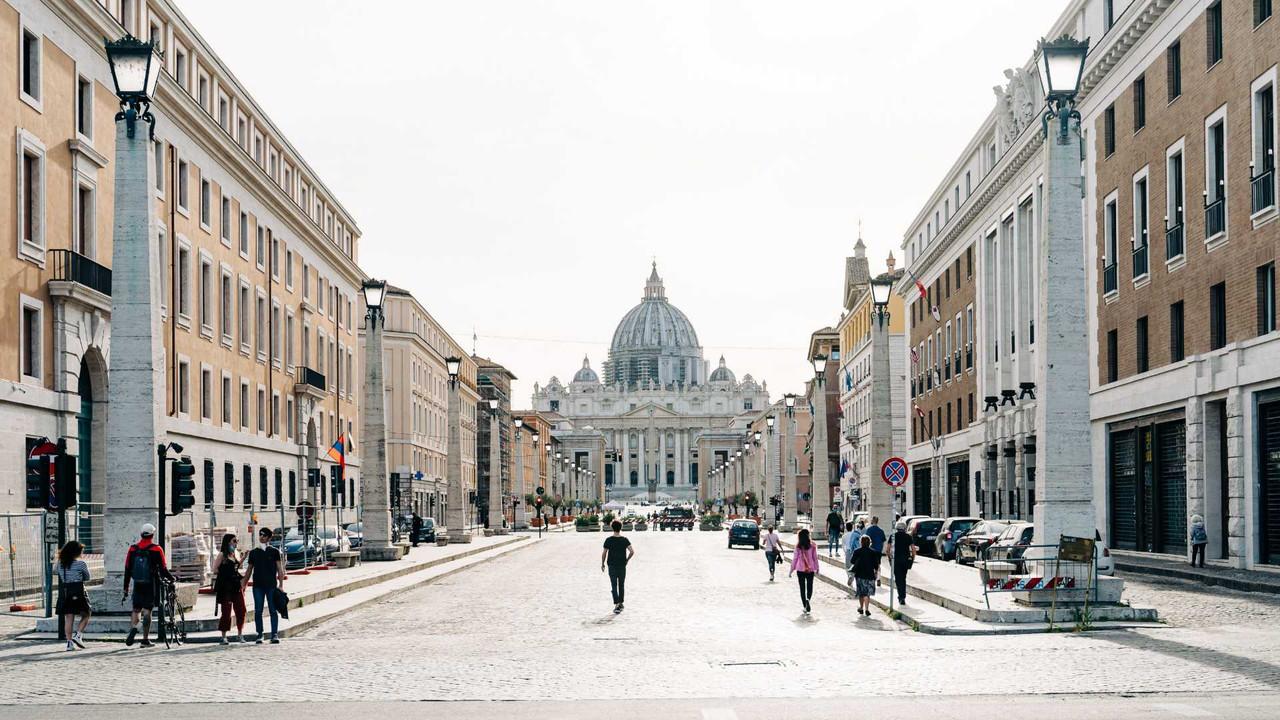Holy See
Salary and Compensation Insights
Explore salary structures and compensation details in Holy See

Market competitive salaries
The Holy See, also known as the Vatican City State, functions as the central governing body of the Catholic Church. Determining market competitive salaries here can be a nuanced process due to its unique character.
Internal Factors
The role and responsibilities of a position within the Holy See have varying levels of complexity and responsibility. For instance, a medical doctor will naturally command a higher salary than an administrative assistant. Additionally, qualifications and experience such as educational background, professional certifications, and relevant work experience all play a role in determining a competitive salary. Someone with a specialized skillset or extensive experience will likely be offered a higher compensation package.
External Factors
The cost of living in Vatican City is generally lower compared to major European cities. This factor is taken into account when establishing salary structures. While Vatican City operates as a sovereign state, some positions have equivalents in other religious organizations or non-profit institutions. Surveying salary data for similar roles can provide a benchmark for competitive compensation.
Challenges and Considerations
Due to the unique nature of the Holy See, comprehensive salary data might be limited compared to the private sector. The Holy See might offer benefits beyond traditional salary, such as housing assistance or subsidized healthcare. These perks should be factored into the overall compensation package.
Minimum wage
The Holy See, also known as Vatican City, does not have a national minimum wage established by its own legislation. This is primarily due to its small population and workforce, with a majority being clergy or religious personnel who are not covered under typical minimum wage regulations. Additionally, the economic and employment landscape of Vatican City is heavily influenced by the Lateran Pacts of 1929, a series of treaties between the Holy See and Italy. These pacts establish a special economic relationship between the two entities, and labor regulations for Vatican City employees often mirror those in Italy.
Reference Points for Minimum Wage
Although there is no official minimum wage set by Holy See law, some benchmarks exist. Italian minimum wage regulations are a reference point for Vatican City employees. As of March 2024, the minimum gross hourly wage in Italy is €10.50.
Wage Structures in Pontifical Entities
Many employees within Vatican City are technically employed by the Holy See itself or by various Pontifical Entities (religious institutions under the authority of the Pope). These entities may have their own internal wage structures with minimums set above or at the level of the Italian minimum wage.
Bonuses and allowances
The Holy See, also known as the Vatican, provides a comprehensive benefits package to its employees. The specifics may vary depending on the position and nationality, but here's a general overview of the types of bonuses and allowances offered:
Allowances
- Housing Allowance: Some employees may receive a housing allowance due to the high cost of living in Vatican City, which helps offset accommodation expenses.
Social Security and Pension
- Social Security: Employees of the Holy See contribute to a social security system. This system provides benefits such as retirement pensions, disability insurance, and healthcare.
- Pension Plan: A pension plan is offered to its employees by the Holy See, ensuring financial security after retirement.
Additional Benefits
- Health Insurance: Health insurance coverage is provided to its employees by the Holy See, ensuring access to quality medical care.
- Paid Time Off: Paid time off is given to employees, which includes vacation days, sick leave, and holidays.
- Relocation Assistance: In some instances, the Holy See may offer relocation assistance to employees moving to Vatican City for work.
Payroll cycle
The Holy See, while operating as a sovereign state, does not publicly disclose specific details regarding its payroll cycle practices. However, a potential framework can be inferred based on common practices in many countries.
Frequency
Given the limited information, it is probable that the Holy See follows a monthly pay cycle. This is a common practice for salaried employees in many countries.
Payday
The exact date for receiving salaries might be set to a specific day of the month, such as the last business day, to ensure consistency.
Salary Calculation
Salaries are likely determined by various factors such as the position held, the individual's experience, and their qualifications.
Tax Withholding
The Holy See might handle payroll deductions for taxes and social security contributions directly, similar to many government employers.